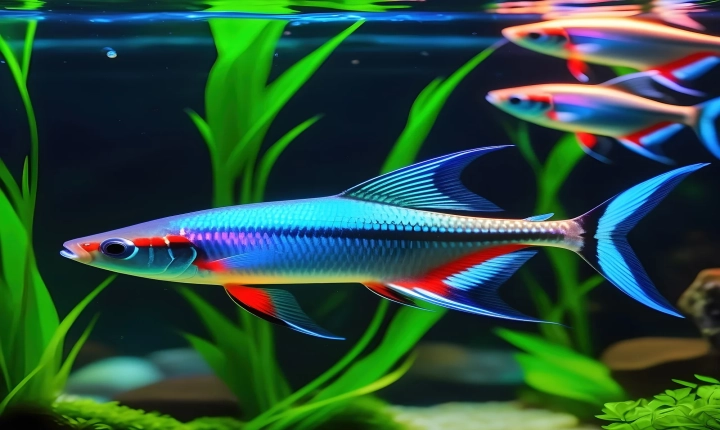Artificial intelligence (AI) has become a powerful tool in various fields, including creative writing. With the advancement of AI technology, it is now possible to create AI prompts that can inspire and assist writers in their creative process. In this article, we will discuss how to create AI prompts and the potential applications of this technology.
The first step in creating AI prompts is to choose a suitable AI platform or tool that is capable of generating prompts. There are several AI platforms available that offer natural language processing and text generation capabilities. Some popular options include OpenAI’s GPT-3, Google’s BERT, and Microsoft’s Turing NLG. These platforms use advanced machine learning algorithms to understand and generate human-like text based on the input provided.
Once the AI platform has been selected, the next step is to define the purpose and parameters of the prompts. For example, the prompts could be designed to inspire creative writing, assist with brainstorming ideas, or provide guidance on specific topics or themes. It is important to clearly specify the desired outcomes and constraints for the prompts to ensure that the AI-generated content aligns with the intended use.
After defining the purpose and parameters, the next step is to input the relevant information or prompts into the AI platform. This can be done through a user interface provided by the platform, which allows users to input text or prompts and receive AI-generated responses in return. The input prompts can be in the form of questions, keywords, or partial sentences that the AI can use to generate meaningful and coherent content.
It is important to note that the quality of the AI prompts largely depends on the training data and the algorithms used by the AI platform. Therefore, it is crucial to ensure that the AI platform has been trained on a diverse and extensive dataset to generate high-quality prompts. Additionally, refining the input prompts and providing feedback to the AI platform can help improve the quality and relevance of the generated content.
Once the AI prompts have been generated, writers can use them as a source of inspiration and guidance for their creative writing process. The prompts can help writers overcome writer’s block, explore new ideas, and develop unique storylines or characters. Additionally, AI prompts can be used as a tool for generating content for blogs, social media posts, and other creative projects.
In addition to assisting individual writers, AI prompts can also be leveraged in educational settings to support students in developing their writing skills. Teachers can use AI prompts to provide personalized feedback and guidance to students, helping them improve their writing abilities and expand their creativity.
Overall, the creation of AI prompts offers a new and exciting way to harness AI technology for creative purposes. By leveraging the capabilities of AI platforms, writers and educators can benefit from the generation of unique and engaging prompts that can inspire and enhance the creative writing process. As AI technology continues to evolve, the potential applications of AI prompts in creative writing and education are likely to expand, opening up new opportunities for innovation and expression.
